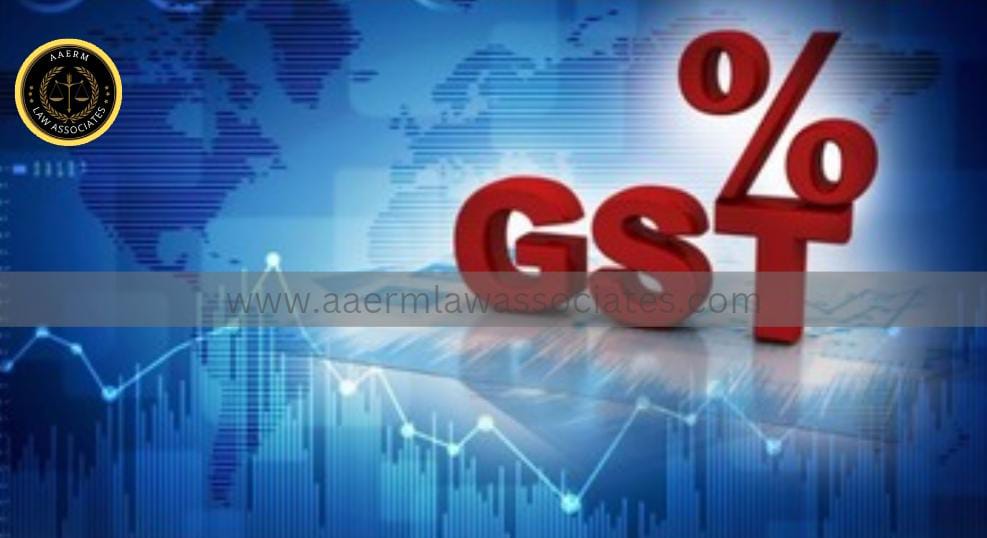
Understanding GST Revenue Trends and Economic Implications in India
The Goods and Services Tax (GST) revenue trends in India this financial year have been inconsistent, despite recording some of the highest monthly collections to date. While certain months have shown substantial gains, like April’s record of over ₹2 lakh crore and October’s second-highest receipts since GST’s inception, there have also been noticeable dips, with June marking a three-year low in revenue growth and September dropping to a 40-month low of 6.5%. Here’s a closer look at these key revenue shifts and what they signal for India’s economy:
- Revenue Highs and Lows: April started strong, bolstered by year-end filings with a 12.4% rise in gross receipts. However, fluctuations soon followed, with July’s revenues up by 10.3% but still punctuated by weaker months, culminating in September’s sharp decline.
- Improvement in October: While October saw a recovery with 8.9% growth in gross GST revenues, the net growth rate for the fiscal year has tempered down to 9%, reflecting a modest gain from September’s low but still below earlier annual projections.
- Fiscal Health and Budget Alignment: To align with Budget goals, indirect tax growth needs to pick up pace. Fortunately, solid performances in direct taxes and non-tax revenues have helped buffer the fiscal outlook. Still, GST growth remains critical to avoid potential deficit risks.
- Consumption Patterns and Festive Demand: As a tax on consumption, GST reveals trends in private spending. October’s receipts suggest positive festive season activity, though clearer signals are expected from November’s collections, reflecting Dussehra and Deepavali demand.
- Economic Momentum and Future Steps: Recent RBI insights indicate that slowing GST growth could signal a cooling economy, yet optimism remains for a revival in consumer sentiment this festive season. The GST Council may soon address rate rationalization on key items like cement and insurance, aiming to boost demand and sustain revenue growth.
GSTRevenue #IndianEconomy #EconomicTrends #TaxGrowth #FiscalPolicy #ConsumerDemand #IndirectTaxes #GSTUpdates #IndiaFinance #RevenueTrends
